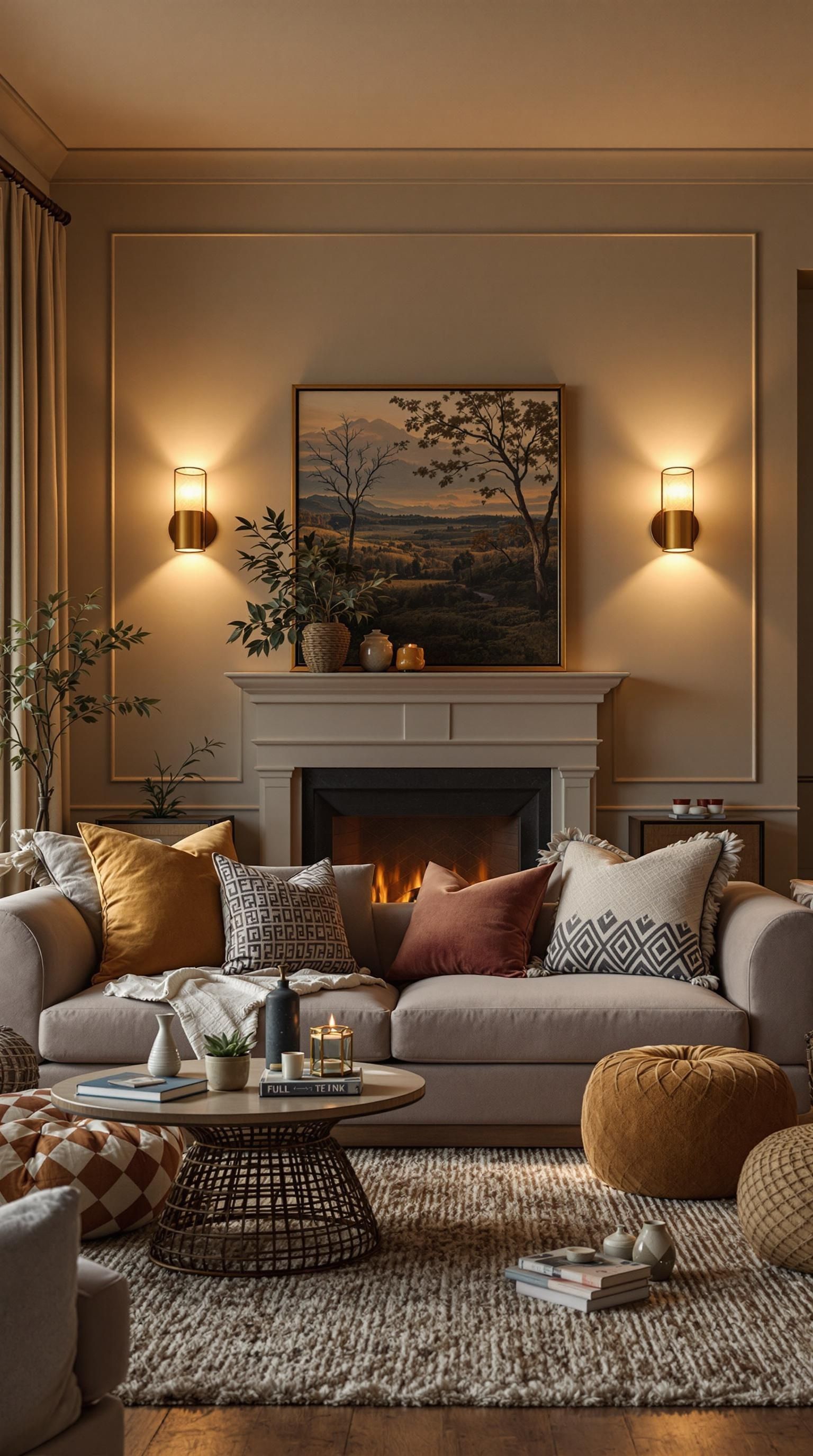Should I Stay or Should I Go? A Complete Guide to Moving vs. Renovating When You Have a Low Mortgage Rate

Written by Madeline Barconi
If you're one of millions of homeowners with a sub-3% mortgage rate wondering whether to renovate your current home or sell and upgrade to a bigger house, you're facing one of today's most challenging real estate decisions.
Remember 2019–2021? We were all baking sourdough, learning TikTok dances, and, oh yeah, locking in 30-year mortgages at rates so low they now feel like unicorn sightings. If you were lucky enough to snag one of those sub-3% loans, congratulations, you basically married the George Clooney of mortgage rates.
I’ll be the first to admit: this is something I personally wrestle with. My husband and I bought our house in 2020 with a shiny 2.99% mortgage, and at the time it felt like we hit the jackpot. Fast forward a few years, add our son into the picture (plus all the toys, gear, and chaos that comes with him), and suddenly everything feels… tighter. Now I find myself asking the same questions many of my clients do.
Do I really want to give up a 2.99% rate for something closer to 6.25%?
Or is it smarter to spend $80,000 on renovations to make this home work for us?
And if I do sink that much into upgrades, is it worth it or would it be better spent on a new house entirely?
If you’re nodding along, you’re not alone. Let’s break down the trade-offs between renovating vs. moving.
Option 1: Stay and Renovate Your Current Home
The Upside
The upside of home renovations, you keep that dreamy, low interest rate. (Seriously, people may envy you forever.) Renovating can cost less than moving once you factor in realtor fees, moving costs, elevated utility costs, standard maintenance and those “oops we need all new furniture” moments. You get to customize your home for you, not some random buyer in the future.
The Downside
The downside of major renovations rarely cost what you think they will (hello, HGTV plot twist). People often spend 20-30% more than what they think they will. Living in a construction zone is… let’s call it “character building.” Not all upgrades add value, hello $40,000 outdoor pizza oven that a future buyer might shrug at.
Try not to put more than ~10–15% of your home’s current value into renovations unless you’re planning to stay there for the long haul. Otherwise, you risk over-investing in a property that won’t give you the return you want.
Option 2: Sell and Buy Something New
The Upside
The benefits of selling your home: you get the extra space you actually need, whether that’s another bedroom, a home office that isn’t your closet, or a backyard big enough for the trampoline your kids are begging for. Sometimes starting fresh is easier than trying to rework a space that just doesn’t fit.
If your income has grown since you first bought, this might actually be the right time to “trade up” despite the higher mortgage
rates.
The Downside
The downsides of buying a bigger home: interest rates today are… well, let’s just say they aren’t George Clooney. They’re more like that guy from your twenties who your mom referred to as “fine” whenever you told her they were coming over for dinner. Monthly mortgage payments will likely be much higher, not just because of the rate, but because home prices have risen too. Selling and moving is a ton of work (and expensive). Realtors, inspections, movers, cleaning crews, new curtains and furniture, more upkeep, it all adds up.
Be honest with yourself about affordability. A bigger house isn’t worth it if it means saying goodbye to vacations, kids’ activities, or simply sleeping at night without financial stress.
The Middle Ground:
How to actually Decide Between Renovating and Moving
At the end of the day, it comes down to your numbers and your priorities.
Ask yourself:
- How much more space do I actually need, and why?
- Could I make my current home work with a targeted renovation?
- If I move, can I comfortably afford the new payment including taxes, homeowners insurance (which continues to be one of the stickiest contributors to inflation), and maintenance without derailing my other financial goals?
- Am I okay with giving up my “unicorn” interest rate for more square footage and convenience?
Final Thought
You’re not alone if you feel “stuck” between a rock (tiny house) and a hard place (big mortgage). I’m right there with you, debating whether to live through the dust of a renovation or trade in a once-in-a-lifetime mortgage rate for more space and more comfort.
The key is not to rush. Run the numbers, think about your long-term goals, and weigh how much joy (and sanity) more space would bring you. Sometimes the answer is obvious, and sometimes it’s just about deciding which kind of pain (financial or construction) you’d rather live with.
Either way, the good news is you have options, and knowing the trade-offs is the first step to making the best
home buying decision (or not) for you.
The views expressed represent the opinions of Breakwater Capital Group as of the date noted and are subject to change. These views are not intended as a forecast, a guarantee of future results, investment recommendation, or an offer to buy or sell any securities. The information provided is of a general nature and should not be construed as investment advice or to provide any investment, tax, financial or legal advice or service to any person. The information contained has been compiled from sources deemed reliable, yet accuracy is not guaranteed.
Additional information, including management fees and expenses, is provided on our Form ADV Part 2 available upon request or at the SEC’s Investment Adviser Public Disclosure website at www.adviserinfo.sec.gov. Past performance is not a guarantee of future results.


Breakwater Team
At Breakwater Capital, we work with families across the United States, providing each client with a personalized experience tailored to their current circumstances, future goals, and timelines.











